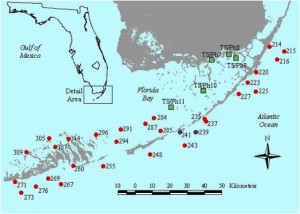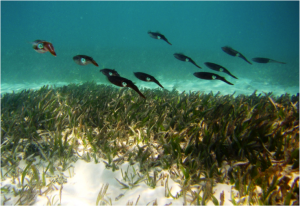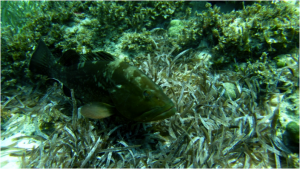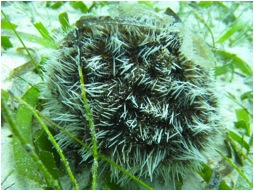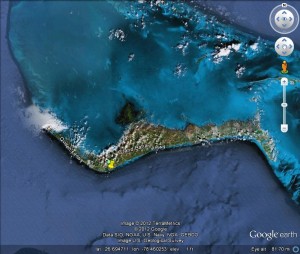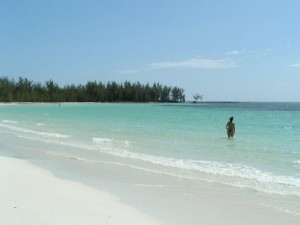Dear Members
We would like to invite all members of the World Seagrass Association to submit articles for a WSA special issue of the journal Marine Pollution Bulletin titled “Seagrass meadows in a globally changing environment”.
A description of the special issue and its proposed content is listed below.
The special issue will be edited by myself, Rob Coles and Mike van Keulen. All submissions would need to be completed by the end of February, and we encourage potential authors to submit proposed titles (with a brief summary) to us asap.
We look forward to hearing from you!
Kind regards,
Richard Unsworth
Vice-President, WSA Inc.
Marine Pollution Bulletin Special Issue
Seagrass meadows in a globally changing environment
Proposed Editors: Richard Unsworth, Rob Coles, Mike Van Keulen
Overview
Seagrass meadows are valuable ecosystem service providers that may have a greater resilience to future environmental change than many marine habitats. Unfortunately these habitats of high functional importance are now being lost globally at an unprecedented rate, with water quality and other localised stressors putting their future viability in doubt. It is therefore critical that we learn more about the interactions between seagrass meadows and future environmental change in the anthropocene. This needs to be with particular reference to the consequences of poor water quality on ecosystem resilience and the effects of change on trophic interactions within the food web. Understanding and predicting the response of seagrass meadows to future environmental change requires an understanding of the natural long-term drivers of change and how these are currently influenced by anthropogenic stress. Conservation management of coastal and marine ecosystems now and in the future requires increased knowledge of how seagrass meadows respond to environmental change, and how they can be managed to be resilient to these changes. The proposed special issue aims to further enhance this knowledge by bringing together global expertise across this field and will solicit primary research and review articles. The proposed special issue would be in collaboration with the World Seagrass Association and would cover the following areas:
- Understanding seagrass ecosystem resilience and adaptations in a globally changing environment
- The impact of future climate on trophic interactions and habitat value within the seagrass food web
- Quantifying and modelling the carbon sequestration capacity of seagrass meadows
- Climate and ocean acidifications interactions with water quality and its impact on seagrass
- Drivers of change within seagrass landscapes, and approaches to quantifying and modelling those drivers
- Understanding risk in the management of seagrass meadows
- Socio-economic consequences of environmental change to seagrass
- Indigenous communities and seagrass conservation
Proposed timetable:
Invitation to submit articles: September 2012
Article submission deadline: February 2013
Reviews complete: July 2013
Estimated special issue publication Sept 2013






